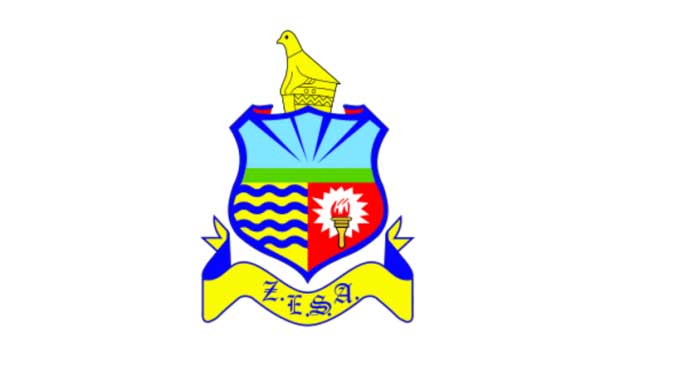Zimbabwe’s move to align electricity tariffs with actual costs has triggered a surge in energy sector investments, potentially easing the country’s chronic power shortages.
Since the adjustment in December 2023, energy projects totaling 3,000 megawatts are underway, according to Zimbabwe Electricity Supply Authority (ZESA) Chairman Sydney Gata. Speaking at an energy summit in Victoria Falls, Gata revealed that the updated tariffs encouraged industries, particularly mining, to invest in power infrastructure.
“Once tariffs were corrected, we engaged industries and mining firms, urging them to invest in energy infrastructure. The response exceeded our expectations,” Gata said.
Notable projects set to launch next year include coal plant refurbishments by Jindal Steel and Power Ltd., and solar facilities developed by Afrochine Smelting Ltd. (a unit of Tsingshan Holding Group Co.) and PPC Ltd. These projects aim to reduce power outages that have worsened due to drought-driven declines in hydroelectric output at the Kariba Dam, the country’s primary energy source.
Currently, Kariba is operating at just 10% of its 1,050 MW capacity, while Zimbabwe’s overall power generation stands at 1,189 MW—nearly half of the nation’s demand.
The mining sector, experiencing annual growth of 9%, has significantly increased energy demand, according to Zimbabwe Chamber of Mines CEO Isaac Kwesu. “The sector currently requires 700 MW, and our projections indicate demand will rise to 2,000 MW within five years—far exceeding current national generation capacity,” Kwesu said.
ZESA’s roadmap anticipates the end of power cuts by late 2025 and halting electricity imports—mainly from Mozambique and South Africa’s Eskom—by 2026.

